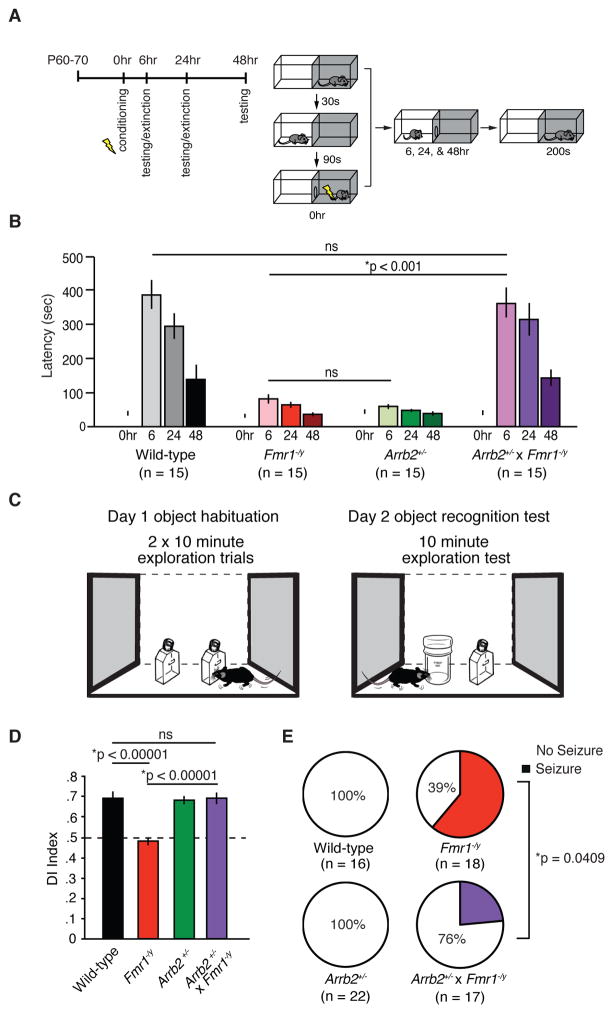Figure 3. Genetic reduction of β-arrestin2 in Fmr1−/y mice corrects behavioral and cognitive deficits.
(A) Experimental design of inhibitory avoidance learning task. (B) Fmr1−/y mice and Arrb2+/− mice show impaired acquisition of inhibitory avoidance learning compared to WT mice (two-way ANOVA, *p < 0.001 for each comparison, wild-type vs. Fmr1−/y (F = 12.760); WT vs. Arrb2+/− (F = 12.525). Arrb2+/− x Fmr1−/y mice show comparable acquisition and extinction of inhibitory avoidance to WT mice (two-way ANOVA, F = 0.145, p = 0.933). There is a statistically significant interaction between genotype and time point across groups (repeated measures two-way ANOVA, F = 12.425, *p = < 0.001). (C) Experimental design of familiar object recognition task. (D) Fmr1−/y mice show impaired novelty detection on experimental test day 2 when presented with a familiar and novel object compared to WT (two-tailed t test, t = 7.1445, *p < 0.00001, n = 10 animals each genotype). In comparison, Arrb2+/− x Fmr1−/y demonstrate a discrimination index that is not significantly different from wild-type mice (two-tailed t test, t = 0.0511, p = 0.9598, n = 10 animals each genotype). (E) Fmr1−/y mice exhibit increased susceptibility to audiogenic seizure activity compared to WT (two-tailed Fisher’s exact test, *p = 0.0001, n = 16, 18 animals) and Arrb2+/− mice (*p = 0.0001, n = 18, 22 animals). Genetic reduction of Arrb2 in Fmr1−/y mice significantly reduces the incidence of seizure activity (*p = 0.0409, n = 18, 17).

